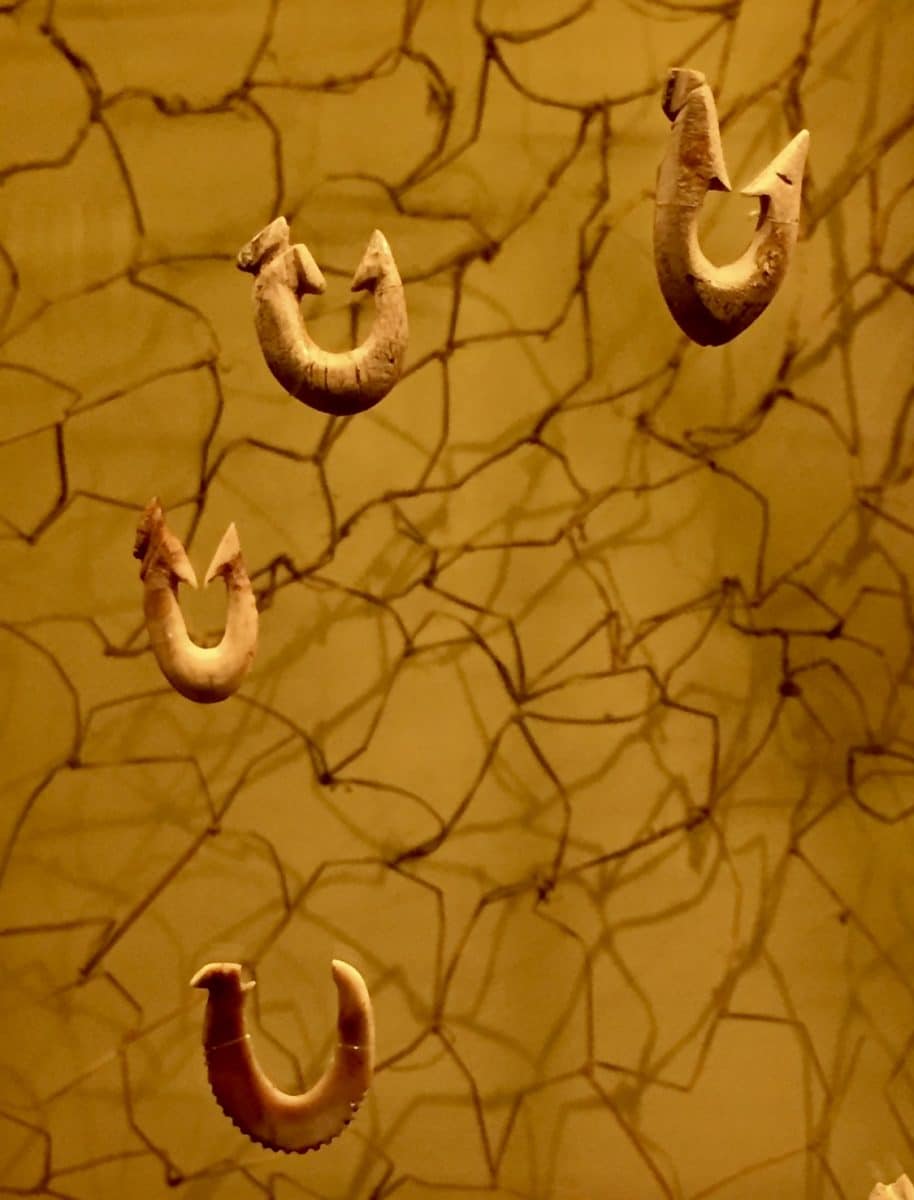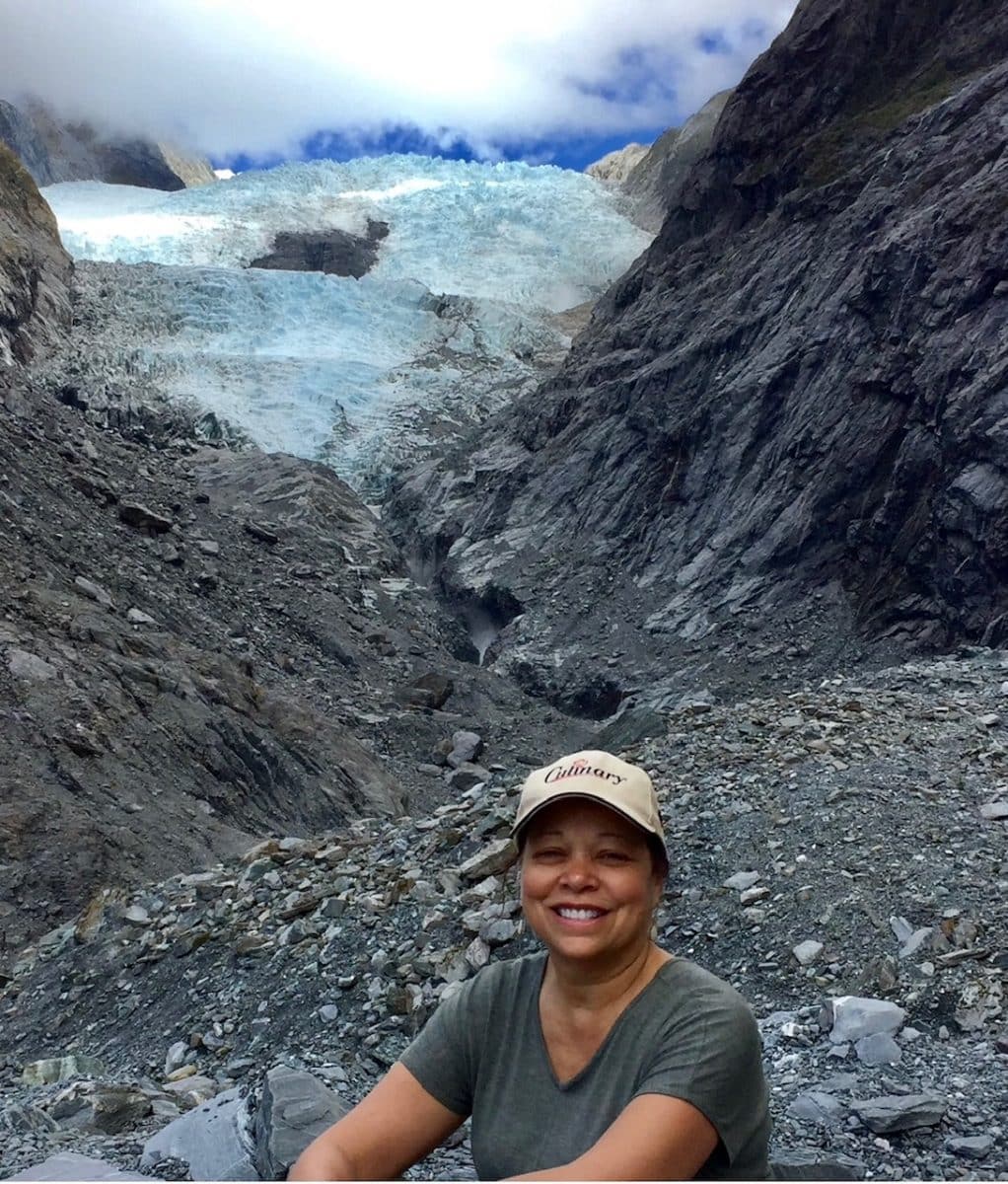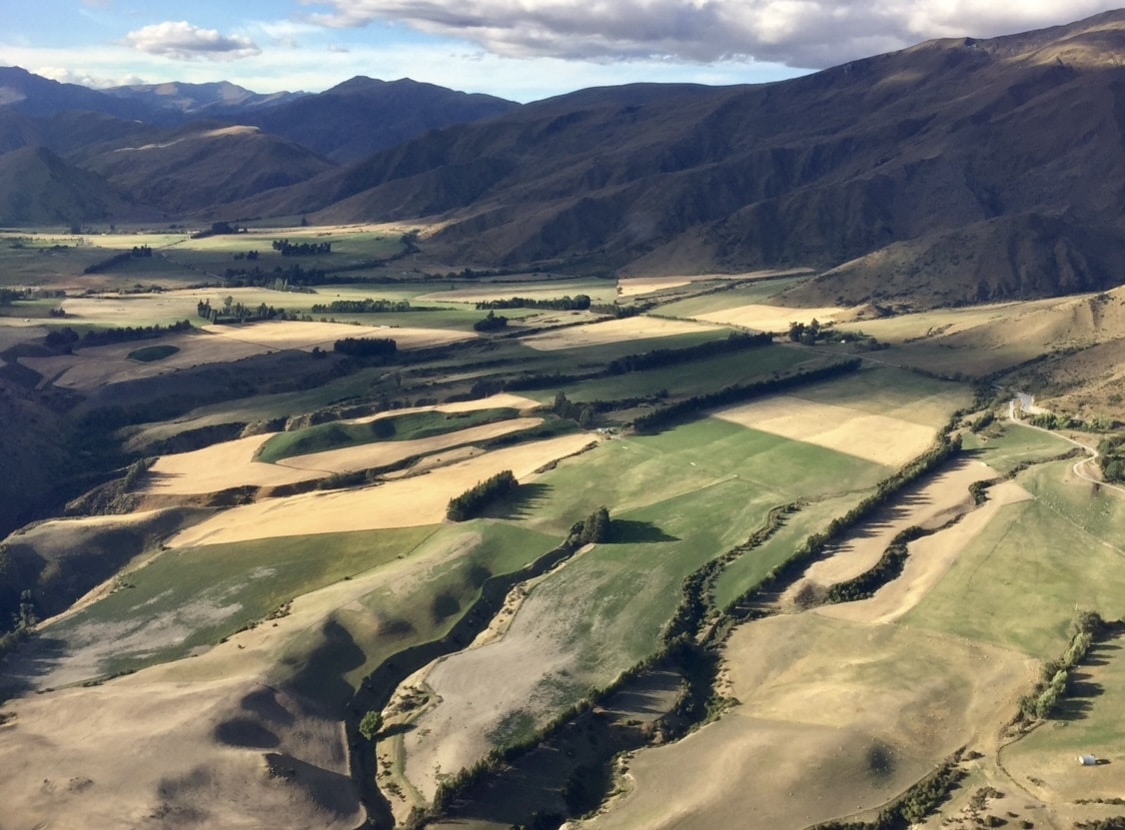Restless clouds and shifting light create dreamlike kaleidoscopic views.
The Land of the Long White Cloud
The Maori name for New Zealand, Aotearoa, means ‘The Land of the Long White Cloud.’ The sky above New Zealand is sometimes clear vivid blue, but, more often, restless clouds and shifting light create kaleidoscopic views that seem like dreamlike imagery. The diverse landscape of the main islands, North Island (Te Ika-a-Maui) and South Island (Te Waipounamu) includes cities, desert, and tropical forest, and like the light and clouds, it is in constant movement. Earthquakes and volcanic activity have shaped the land and its people.
It is believed that the indigenous people, the Maori, were sailors from East Polynesia who arrived in the 13th century. They fished, foraged, and hunted for birds. When European explorers arrived, they brought with them crop plants like wheat, corn, and potatoes, as well as pigs and chickens. In the mid 1800s, missionaries and whalers established the first flocks of sheep. Sheep farming for milk, cheese, and wool became a way of life for generations to follow.
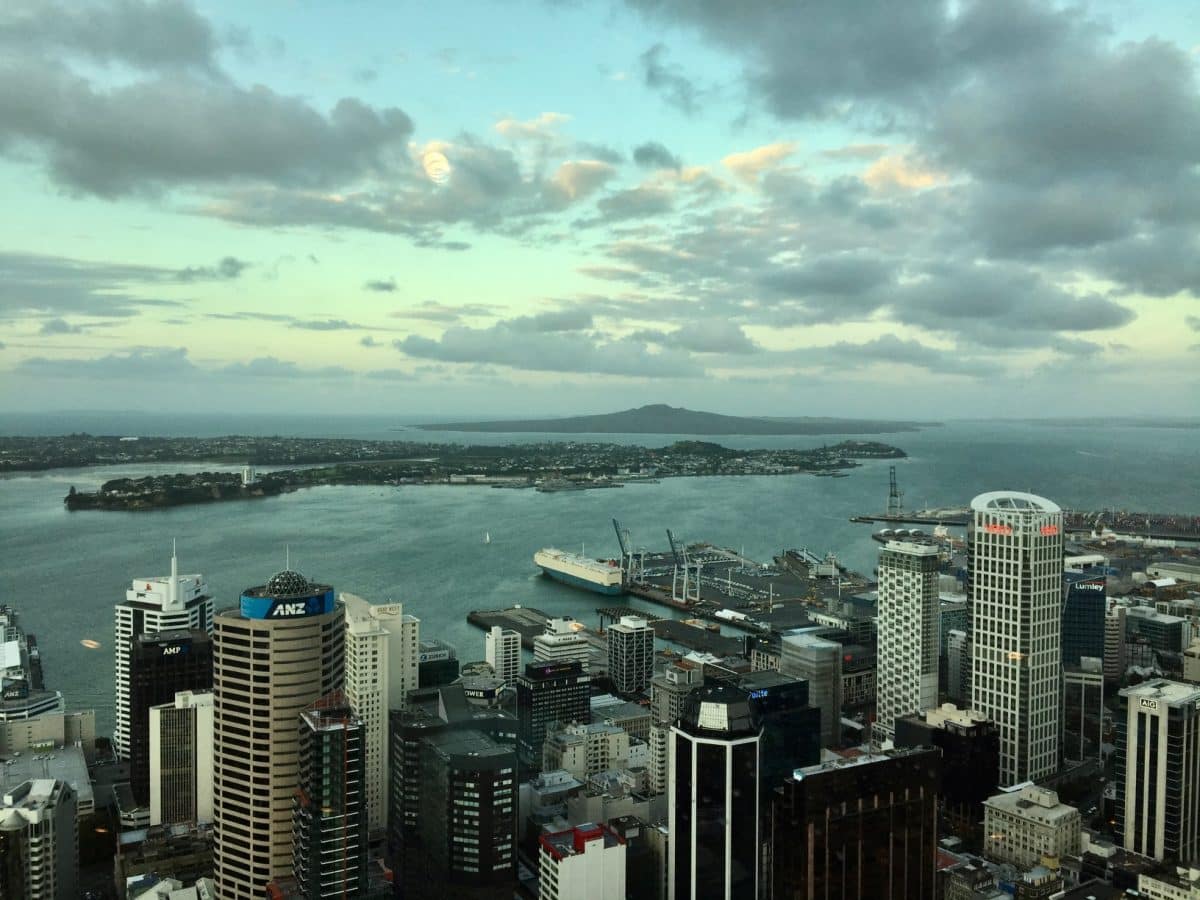
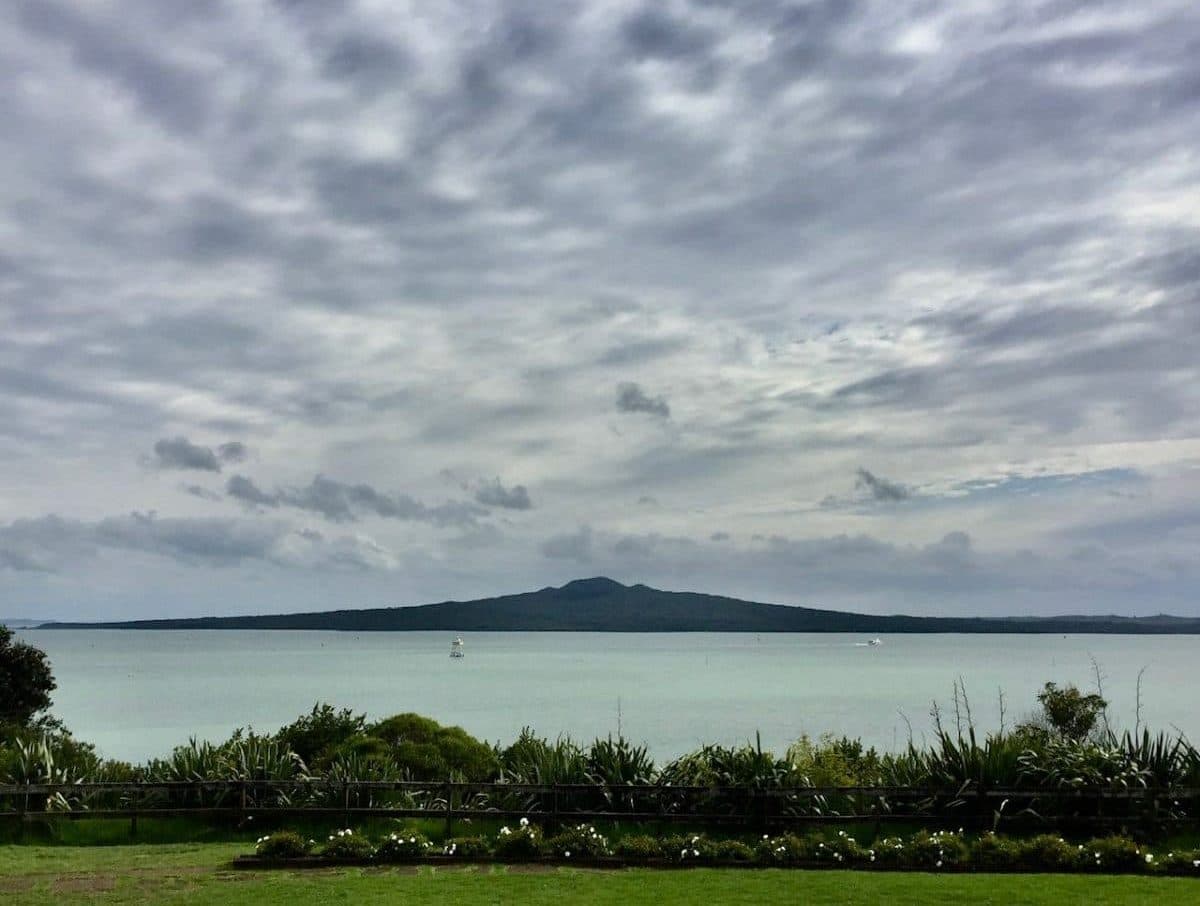
A Magical Place
Not long before COVID took hold of our world, I went on a short trip to New Zealand. If there ever were a magical place on Earth it must be found on these two islands, which is surely why The Hobbit movies were filmed there. It’s a contradictory landscape of ragged mountains, thundering rivers, still lakes, and sheep grazing in wide valleys.
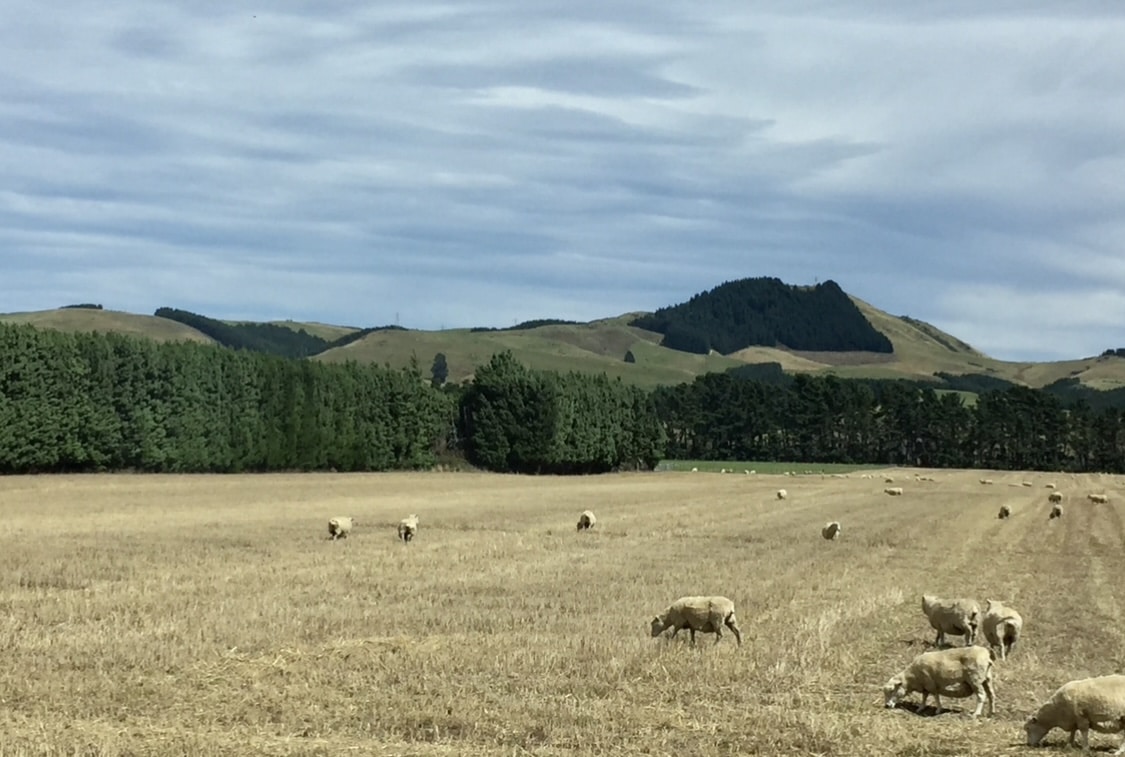
Steam rising from hot springs and bubbling mud flats make for an unearthly atmosphere; the entire spa town of Rotorua reeks of sulphur. The Devil’s Bath at Waiotapu gets it violent green color from sulphur deposits floating on the surface of the water.
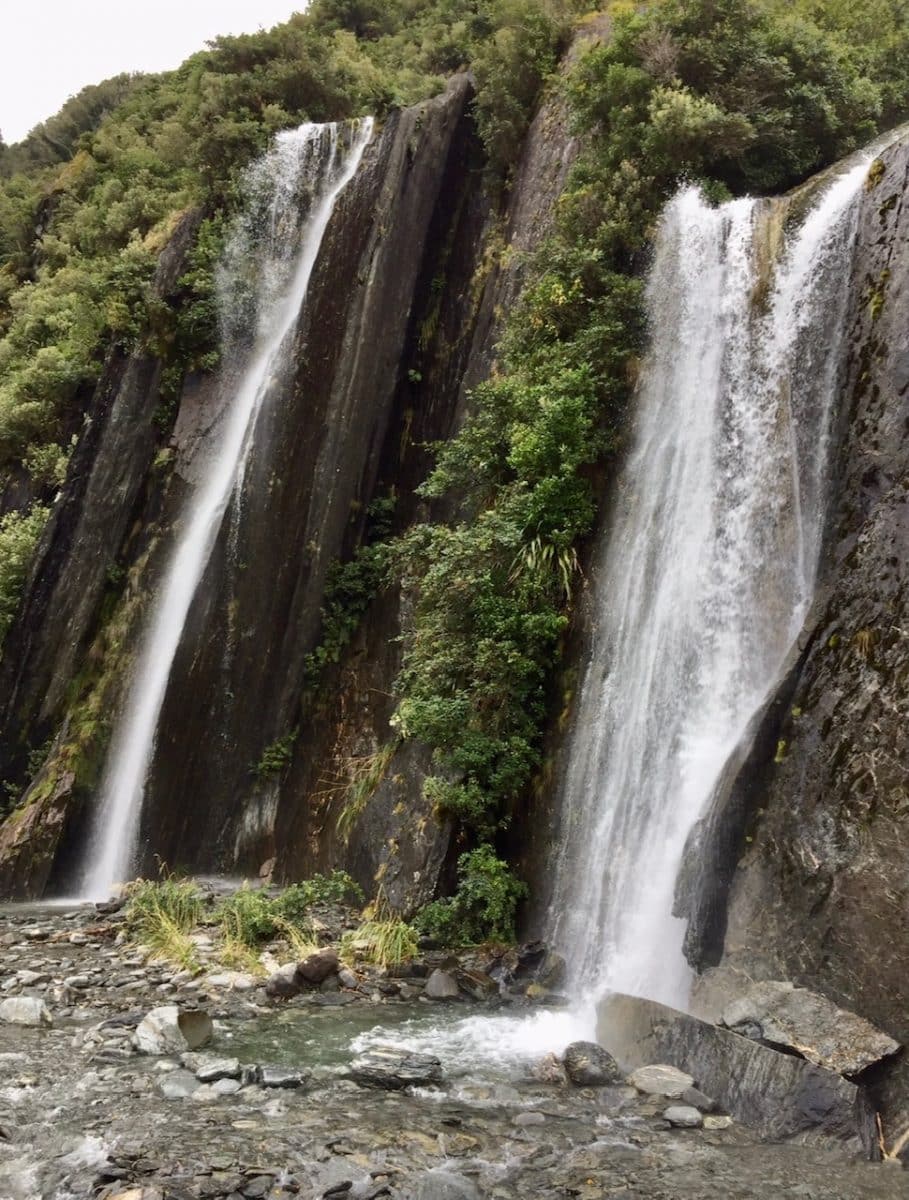
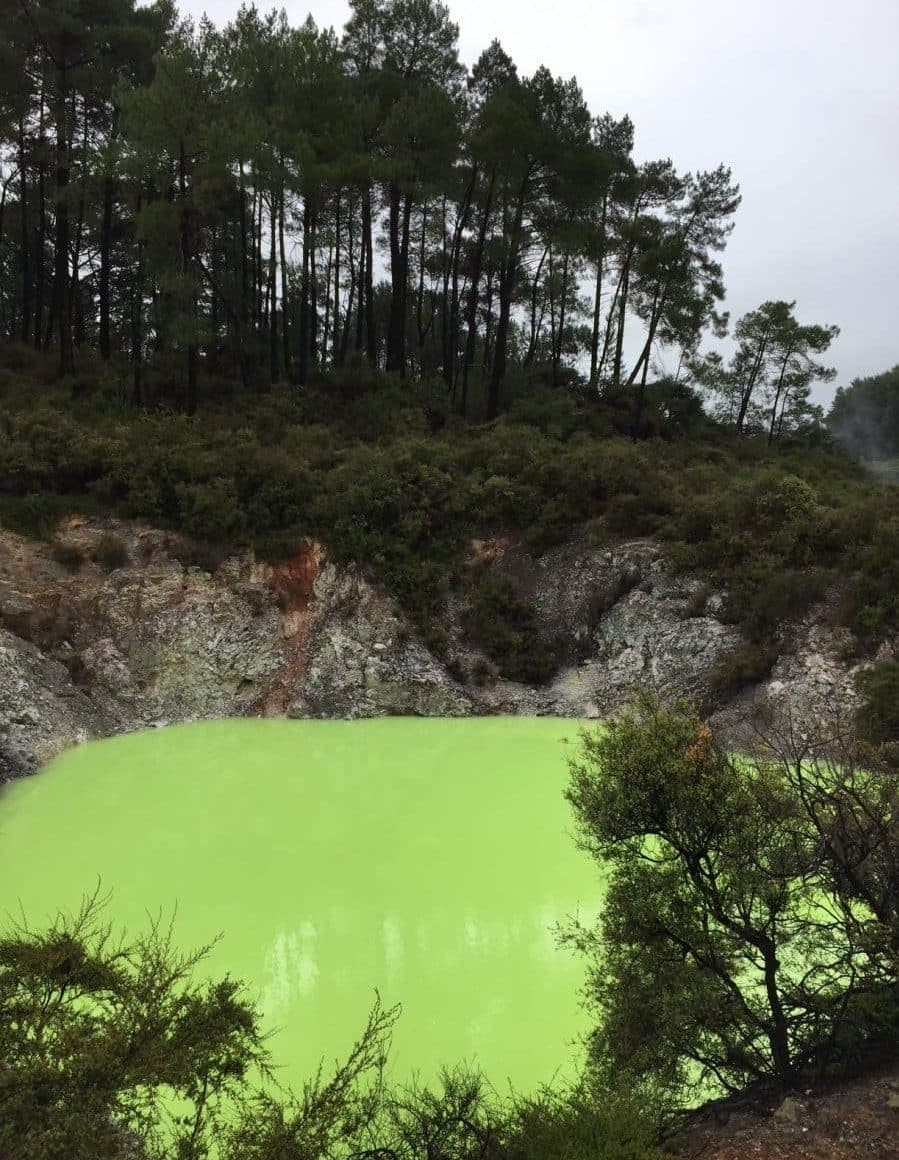
Lush, Tumultuous, Serene
I had a desire to sit in one spot and just watch the clouds moving across the sky. In New Zealand, as shadows shift, colors morph from one shade to another, one hue to another. Wind rippled the grass, sprayed mist from waterfalls, and – so quick I couldn’t take a photo, only watch in amazement – sent a ten-foot tall waterspout whirling across an otherwise quiet lake. At the Franz Josef glacier I stood close enough to a waterfall that the icy water sprayed my face, then I drank the pure water from the ice field before it flowed across the gravel flats.
Not far away, an icy blue river roared inconceivably fast and deep.
Surely if you sat in one spot for any length of time, from moment to moment you would never see the same scene twice.
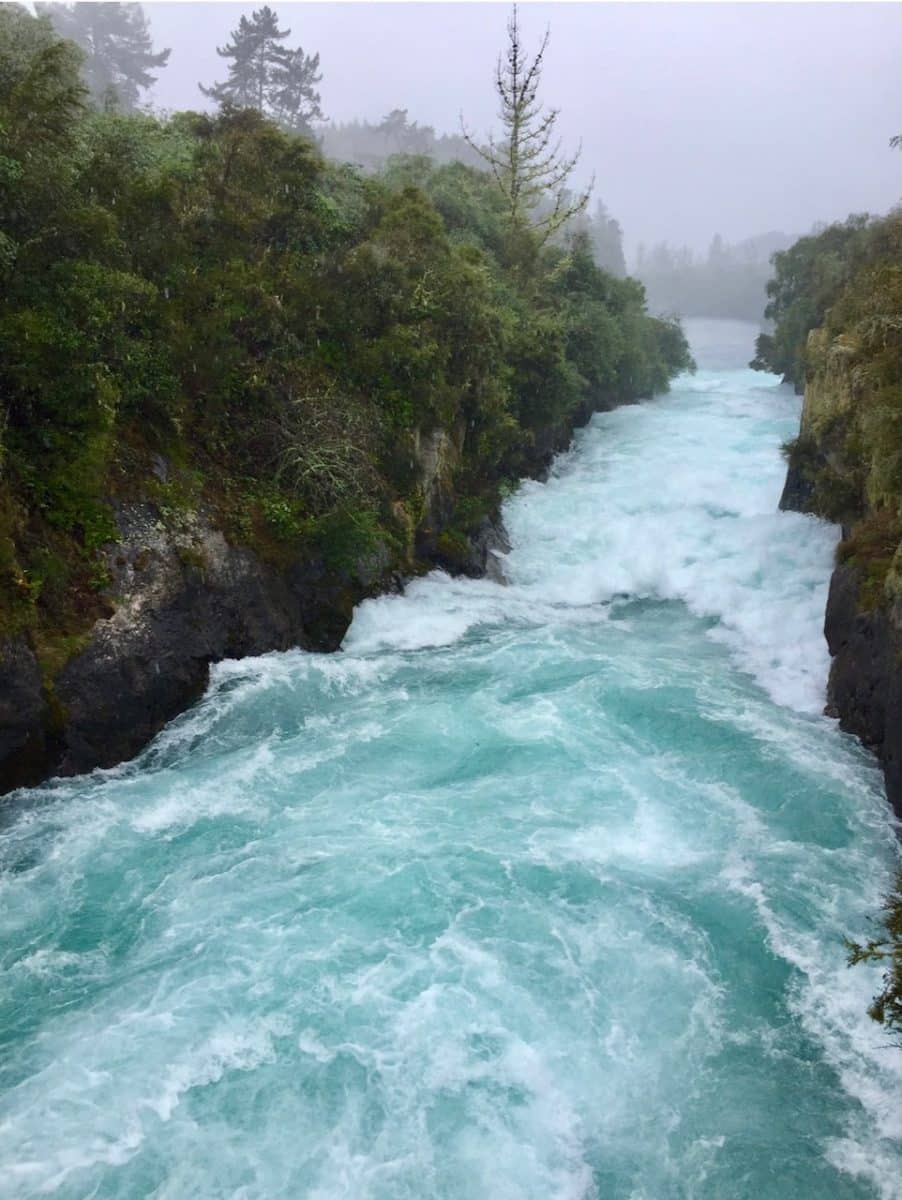
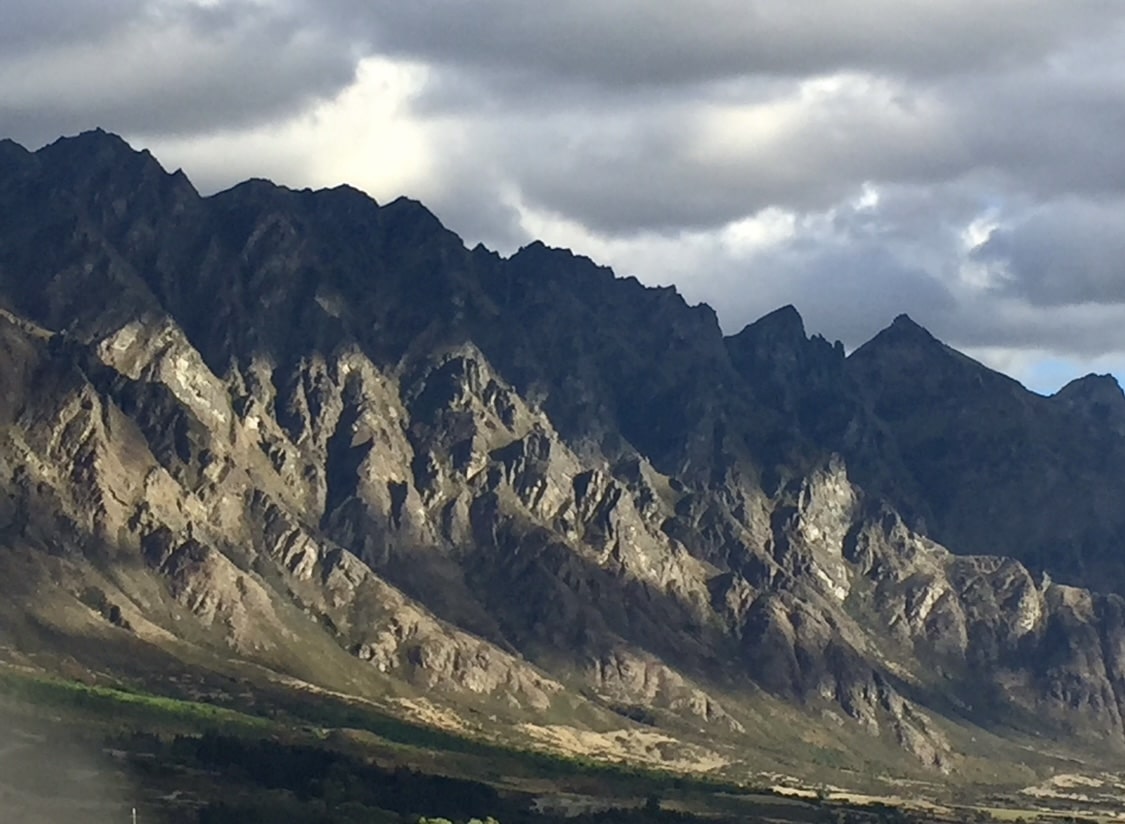
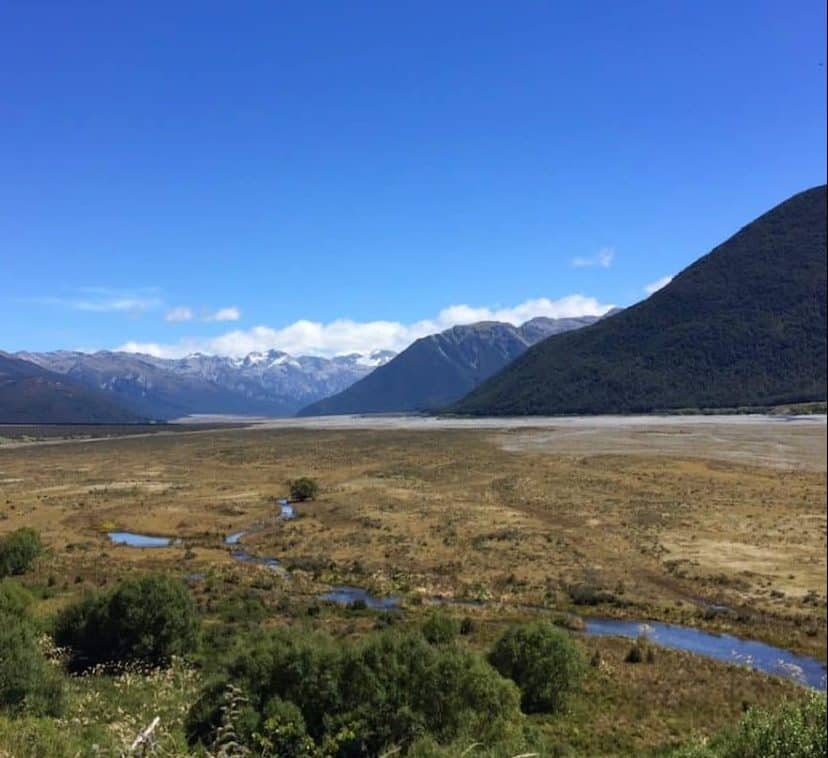
The indigenous people, the Maori, come from a tradition of life near the sea and a cuisine based on seafood. They are known for beautiful and ingeniously designed fish hooks originally made from bone and shell – and, later, from the influence of European settlers, iron.
In addition to seafood, the cuisine of New Zealand is known for lamb, beef, and venison. Aside from lamb, New Zealand is probably next most-famous for its national dessert, Pavlova, a large crisp meringue shell filled with fresh fruit and whipped cream. While New Zealand cuisine may not be its strongest attraction, a dinner of excellent fish or lamb, fresh vegetables, and Pavlova dessert can be as satisfying a meal as you’ll find anywhere.
This recipe for lovely Lemon Lavender Honey Pavlova is not from New Zealand, but will bring cheers at your dinner table. ![]()
